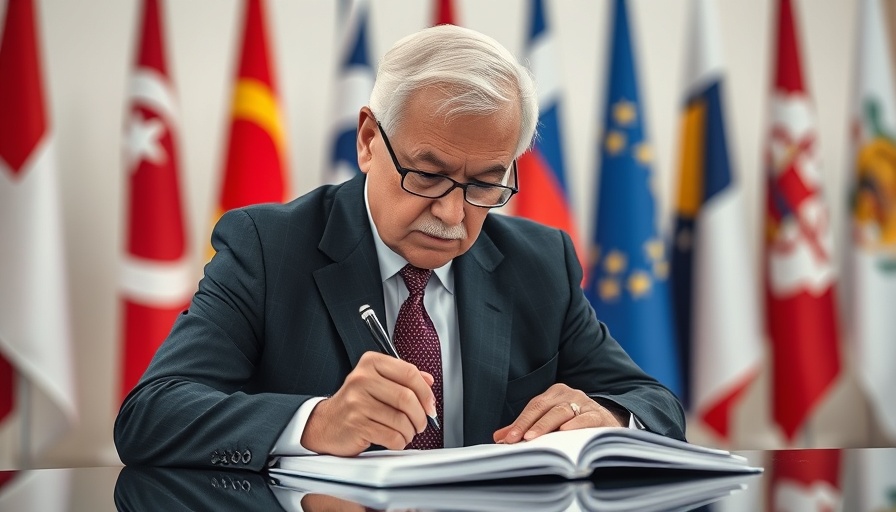
The Brief Life of Tariffs: A Historical Perspective
In the ever-evolving landscape of U.S. trade policy, tariffs have often taken center stage, serving as a powerful tool for economic maneuvering. Historically, tariffs have sparked both contention and temporary relief across various sectors. Under President Trump, the introduction of tariffs was seen as a way to protect American jobs and industries, particularly against perceived unfair competition from countries like China. However, history has shown that the implementation of tariffs often leads to unintended consequences. Many businesses find themselves squeezed between rising costs of imported goods and the necessity to remain competitive. Understanding this historical context is crucial in analyzing why Trump's tariffs may not sustain long-term viability.
The Social Impact of Tariffs on Local Economies
For local economies, tariffs may seem like a boon at first glance, but they often lead to a complex web of social implications. In the Bay Area, where innovation and technology reign supreme, many startups rely on the free flow of goods and services to thrive. Tariffs can impose significant burdens on these businesses, leading to increased operational costs that are often passed down to consumers. Consequently, the economic strain felt by the tech community can ripple through the broader local economy, stunting growth and job creation. Stakeholders, including entrepreneurs and small businesses, must consider these impacts when navigating the uncertain waters of trade policy.
A Glimpse into Future Trade Trends and Predictions
Looking ahead, trade experts foresee a possible shift towards more flexible trade arrangements that adapt to the dynamic nature of global markets. As nations grapple with economic recovery from the pandemic, a return to unfettered commerce is anticipated, marking the decline of stringent tariff structures. This transition poses both opportunities and challenges for businesses in the Bay Area, particularly amidst ongoing discussions about sustainability and innovation in commerce. The focus is increasingly shifting towards partnerships that promote growth while balancing social responsibility, particularly as consumer behavior evolves towards more ethical and sustainable practices.
Counterarguments: Perspectives from Economic Analysts
While the prevailing narrative suggests that tariffs disrupt business growth, there are analysts who argue that they can serve as a necessary protective measure in some cases. They contend that certain sectors, particularly manufacturing, benefit from protective tariffs that guard against unfair trading practices by trading partners. However, this viewpoint is increasingly challenged as the ramifications of these tariffs unfold across the economy. It's vital for business leaders to weigh these differing perspectives carefully to make informed decisions that align with their growth strategies.
What’s Next? Taking Action in a Shifting Landscape
As businesses in the Bay Area navigate this complex fiscal landscape, staying informed about changing trade regulations is paramount. Decision-makers should consider adopting agile business practices and diversification to mitigate risks associated with tariffs and trade restrictions. By leveraging technology and fostering innovative solutions, companies can enhance their resilience against market fluctuations, positioning themselves for sustained growth in an unpredictable economic climate.
 Add Row
Add Row  Add
Add 



Write A Comment